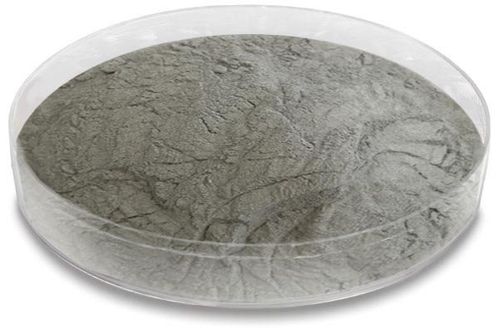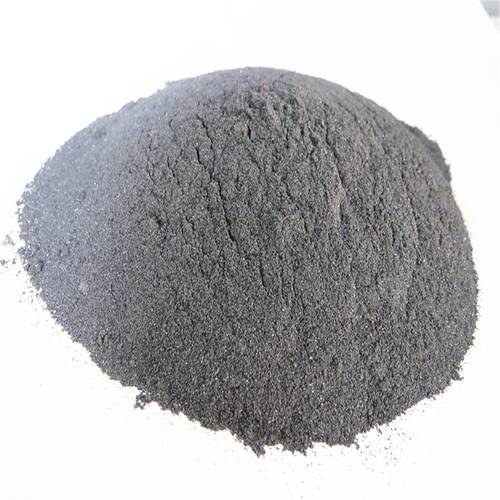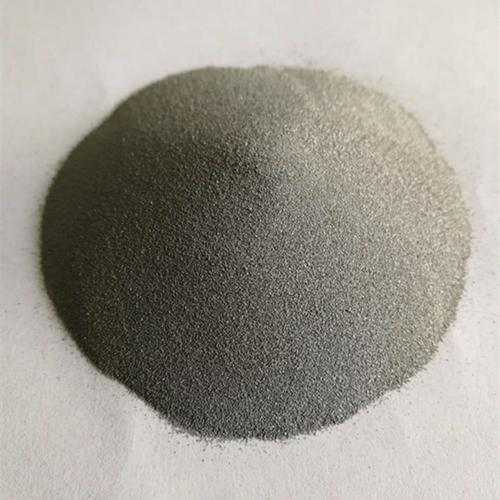**Title: The Metal Powder Puzzle: Figuring Your 3D Printing Needs**
(How Much Metal Powder Needed In Additive Manufacturing)
So, you want to print something awesome with metal. Maybe it’s a rocket part, a custom medical implant, or a super strong gear. You fire up the design software, get everything perfect. Then comes the big question: just how much of that pricey metal powder do you actually need to buy? It’s not as simple as weighing your final part. Think of it like baking a cake. You need flour for the cake itself, sure. But you also spill some, maybe some sticks to the bowl, and you might have leftovers you can’t use again. Metal 3D printing, or additive manufacturing, works kinda like that, just way more high-tech and expensive.
First, look at your part. How big is it? Obviously, a giant turbine blade needs way more powder than a tiny dental bracket. The size is your starting point. But don’t stop there. Think about the shape. Is it a solid block? Or is it full of intricate lattices and hollow sections? Solid blocks use more powder. Lightweight, hollow designs use less. It’s about the actual volume of metal in the final piece.
Next up, the supports. Metal parts often need temporary support structures printed underneath them. These stops drooping or warping during the printing process. Think of them like scaffolding for a building. Once the part is done, you break these supports away. That powder used for supports? It’s mostly waste. Complex shapes needing lots of support mean more powder used just for scaffolding. Simple, self-supporting designs are much more powder-efficient.
Then there’s the printer itself. Machines aren’t perfect. Some powder always gets left behind in the chamber, stuck in filters, or contaminated during the printing cycle. You can’t just pour it straight back in for the next job. This is called “trapped powder” or “machine loss.” Different printers have different levels of waste. Ask your machine operator or check the specs. It matters.
Recycling helps, but it’s not magic. Good quality, unused powder from around your part can often be sieved and reused. This is a big cost saver. But not all powder comes back clean. Some gets oxidized, contaminated, or just too fine after sieving. The “recyclability rate” tells you how much powder you actually get back clean enough to use again. A high rate means you buy less new powder over time. A low rate means more waste and higher costs.
So, figuring out your powder need means adding it all up:
1. **The Part Itself:** The weight of the solid metal you actually want.
2. **The Supports:** The powder turned into temporary scaffolding (mostly waste).
3. **The Machine Loss:** Powder stuck in the system after printing.
4. **Minus Recycled Powder:** The good powder you can sieve and reuse next time.
(How Much Metal Powder Needed In Additive Manufacturing)
Getting smart about powder use saves serious money. Choose designs needing minimal supports. Work with your printer operator to minimize trapped powder. Understand your machine’s recycling capabilities. Calculate carefully. That shiny pile of metal dust is valuable. Knowing exactly how much you need stops you from wasting cash or running out mid-print. It turns the powder puzzle from a headache into a manageable part of your 3D printing success.
Inquiry us
if you want to want to know more, please feel free to contact us. (nanotrun@yahoo.com)


